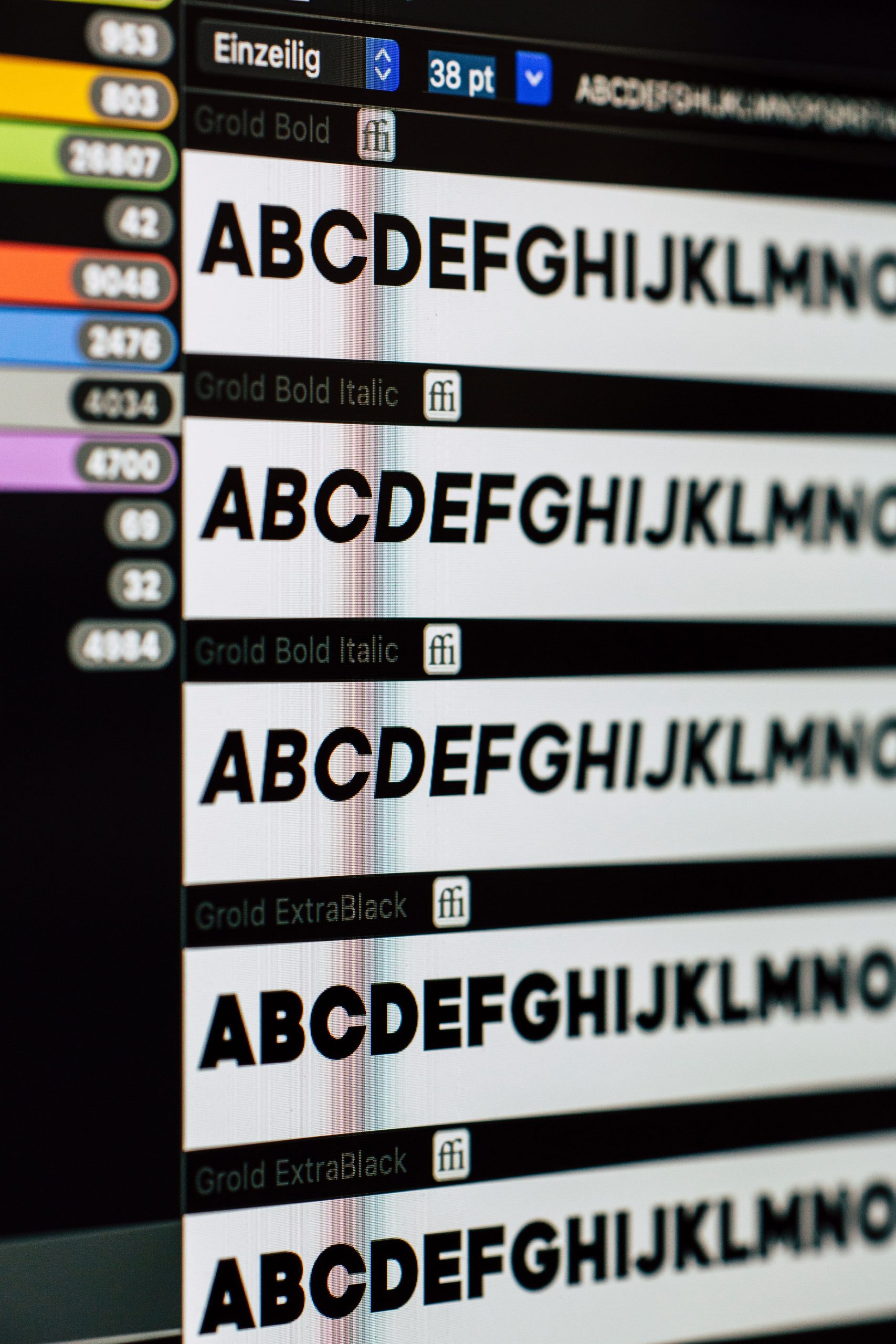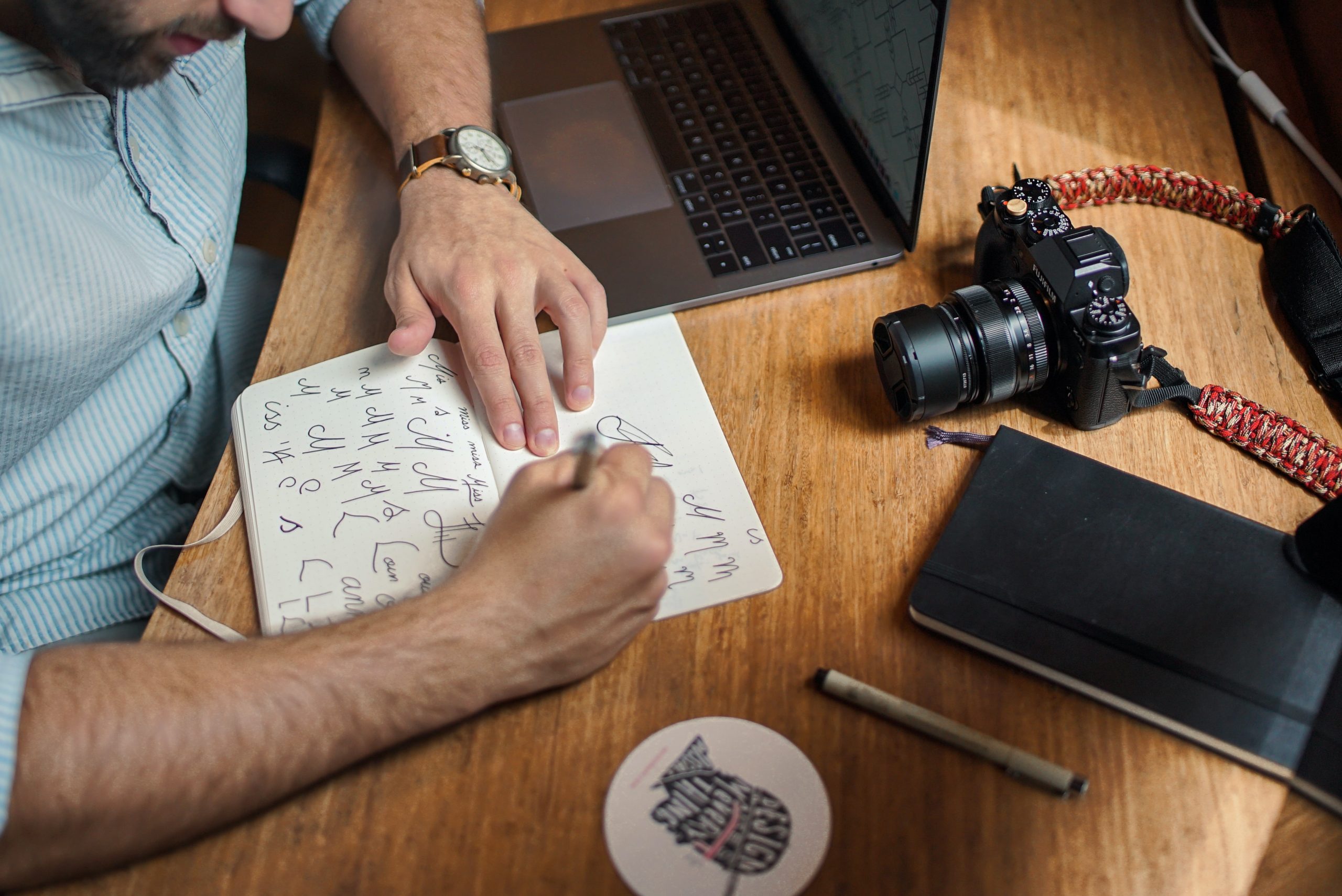In today’s digital age, where visual branding holds immense importance, logo design has become a crucial skill for businesses and individuals alike. A well-designed logo not only serves as the face of a brand but also captures its essence, evokes emotions, and creates a lasting impression on customers. As such, the demand for skilled logo designers is at an all-time high. However, becoming a successful logo designer requires more than just creativity and artistic flair; it entails acquiring the right set of tools that facilitate the creation of professional-grade logos. In this article, we will explore the essential tools needed to embark on your journey as a logo designer and unleash your artistic potential to craft impactful visual identities for brands across various industries.
Table of Contents
The importance of a well-designed logo
To be a logo designer, it is essential to possess the right set of tools. Firstly, graphic design software such as Adobe Illustrator or CorelDRAW is a must-have. These programs provide the necessary tools and features to create professional and scalable logos. Additionally, having a good understanding of typography is crucial in logo design. A wide range of fonts should be available to experiment with, allowing for different styles and aesthetics.
Furthermore, having access to a library of vector icons can greatly enhance the logo design process. These icons can serve as inspiration or be incorporated directly into the design. Online platforms like Iconfinder or The Noun Project offer extensive collections that cater to various industries and themes. Finally, an efficient computer system with sufficient processing power is vital for working on complex projects smoothly without any lag or delays.
By equipping oneself with these tools, logo designers can ensure they have everything they need to create stunning and impactful logos for their clients.

Understanding the basics of graphic design
To become a logo designer, it is essential to have a strong understanding of the tools and software used in graphic design. One of the most important tools for logo designers is a vector graphics editor, such as Adobe Illustrator or CorelDRAW. These programs allow designers to create scalable logos that can be resized without losing quality.
Additionally, knowledge of typography is crucial for creating effective logos. Logo designers should be familiar with different types of fonts and understand how they can convey different meanings and emotions. They should also know how to properly kern and track text to ensure readability and balance in their designs.
Furthermore, being proficient in color theory is vital for logo designers. They need to understand how colors interact with each other and their impact on the overall design. This includes knowledge of color harmonies, contrasts, saturation levels, and color psychology.
In conclusion, becoming a successful logo designer requires proficiency in various tools such as vector graphics editors like Adobe Illustrator or CorelDRAW. Additionally, understanding typography principles and having knowledge of color theory are crucial skills for creating impactful logos. By mastering these tools and concepts, aspiring logo designers can develop visually appealing and memorable logos that effectively represent brands or businesses.
Essential software for logo design
When it comes to logo design, having the right software is essential. One of the most popular and widely used software in this field is Adobe Illustrator. This vector-based program allows designers to create scalable and high-quality logos that can be resized without losing any details. It offers a wide range of tools and features such as pen, shape builder, and gradient tool, making it easy to achieve intricate designs.
In addition to Adobe Illustrator, another must-have software for logo design is CorelDRAW. This powerful graphic design software provides a comprehensive set of tools that are ideal for creating professional logos. With its intuitive interface and extensive library of templates, fonts, and clipart, CorelDRAW makes it easy for logo designers to unleash their creativity.
Apart from these two main players in the industry, there are also other notable software options available for logo design such as Inkscape and Affinity Designer. Inkscape is an open-source vector graphics editor that offers similar functionality to Adobe Illustrator but at no cost. On the other hand, Affinity Designer is gaining popularity among designers due to its affordability without compromising on quality. Regardless of which software you choose for logo design, investing in the right tools will greatly enhance your ability to create memorable and impactful logos.

Utilizing color theory in logo design
When it comes to logo design, one of the most important tools a designer can have in their arsenal is a solid understanding of color theory. Color plays a crucial role in every aspect of design, and logos are no exception. By utilizing color theory principles, designers can create logos that effectively communicate a brand’s message and evoke the desired emotional response from its audience.
Color theory encompasses various concepts, such as color harmony, contrast, and symbolism. Understanding these concepts allows designers to choose colors that work well together and create visual interest. For example, complementary colors (those opposite each other on the color wheel) can be used to create vibrant and eye-catching logos. On the other hand, analogous colors (those adjacent on the color wheel) can convey a sense of unity and harmony.
Additionally, logo designers must consider how different colors are perceived by different cultures and audiences. Colors have cultural associations and can invoke specific emotions or convey certain meanings. For instance, blue is often associated with trustworthiness and professionalism in Western cultures but may signify sadness or coldness in other parts of the world. By understanding these cultural nuances, designers can ensure that their logos resonate with their target audience effectively.
Typography and its impact on logos
Typography plays a crucial role in logo design, as it has the power to evoke emotions, communicate messages, and shape the overall perception of a brand. The choice of fonts can convey different feelings and aesthetics, allowing designers to create logos that align with the desired image or personality a company wants to portray. Whether it’s bold and modern, elegant and sophisticated, or playful and fun, the typography used in a logo can instantly capture attention and leave a lasting impression on viewers.
Furthermore, typography helps establish visual hierarchy within a logo. By varying font sizes, weights, styles, and spacing between letters or words, designers can guide the viewer’s eye towards important elements or key messages. This ensures that the essential information is easily readable and memorable. Effective use of typography also enhances readability at different scales – whether on billboards or small mobile screens – ensuring that logos remain legible in various contexts.
In addition to these considerations, understanding how typography interacts with other design elements is vital for creating cohesive logos. Harmonizing fonts with other graphic elements such as shapes or symbols ensures consistency in style and reinforces brand identity. A well-designed logo uses typography as an integral part of its visual language to effectively communicate a brand’s values, personality traits, and differentiate itself from competitors.
Overall, typography holds significant power when it comes to logo design – influencing perception while conveying messages visually. Logo designers must have a deep understanding of typefaces’ characteristics and their impact on branding to create compelling logos that truly resonate with audiences.

The role of inspiration and research
The role of inspiration and research is crucial for logo designers, as it helps them create unique and impactful designs. Inspiration can come from various sources such as nature, art, architecture, or even everyday objects. By observing and analyzing these elements, designers can gain fresh ideas and perspectives that can be translated into their work.
Research is equally important in the logo design process. It involves studying the target audience, understanding the client’s business or industry, and exploring current design trends. Through thorough research, designers can ensure that their logos are relevant to the brand they are representing. They can also avoid creating designs that are similar to existing ones in order to maintain originality.
Having a strong foundation of inspiration and research empowers logo designers to create effective logos that communicate the desired message while standing out from the competition. These tools enable them to understand the core values of a brand and translate them visually into an iconic symbol that represents its essence.
Conclusion: Becoming a successful logo designer
In conclusion, becoming a successful logo designer requires the right set of tools. Firstly, proficiency in graphic design software is crucial. Logo designers must have a deep understanding of programs like Adobe Illustrator or Photoshop to create and manipulate vector graphics effectively. Additionally, knowledge of typography and color theory is essential as it helps in creating visually appealing and impactful logos.
Furthermore, logo designers should also possess strong conceptualization skills. Being able to think creatively and translate ideas into visual representations is key to designing a memorable logo. This involves researching the client’s industry, understanding their target audience, and brainstorming unique concepts that align with their brand identity.
Lastly, staying updated with current design trends and techniques is essential for logo designers to remain competitive in the industry. Continuously learning new skills allows them to stay ahead of the curve and produce modern and relevant designs for their clients. By having the right tools at hand – both technical knowledge and creative thinking abilities – aspiring logo designers can pave their way towards success in this dynamic field.
